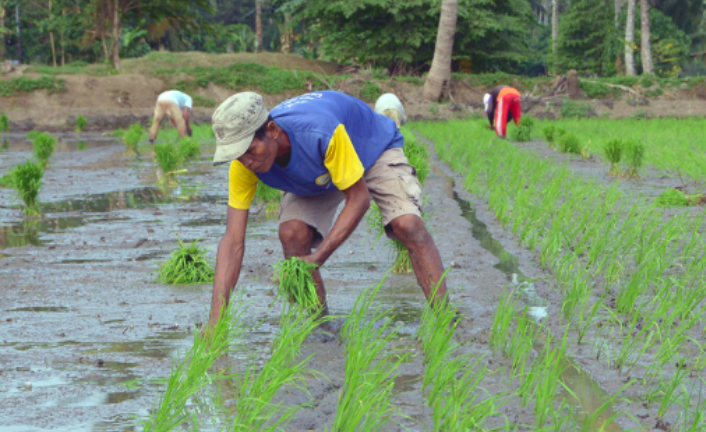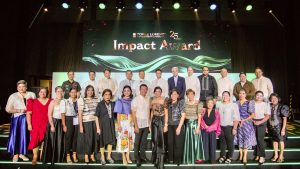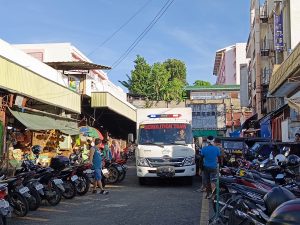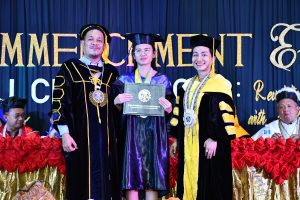DESPITE facing economic and health challenges, Davao City continued to trudge on to reestablish itself as Mindanao’s hub and make its stamp on the national and global scene.
Last July 24, the Davao City Halal Industry Development Council cited landmark ordinances, a collaborative effort with the neighboring regions to make the city the Halal hub for Mindanao. The Regional Halal Committee, created by NEDA, aims to establish the national program under the Republic Act 10817, an act instituting the Philippine Halal Export Development and Promotion Program, to be cascaded from the regional down to local.
Regional Halal Committee chairperson Marilou Ampuan urged the region’s industry players to give importance to Halal as it’s worth $7.2 trillion worldwide.
Environmental sector
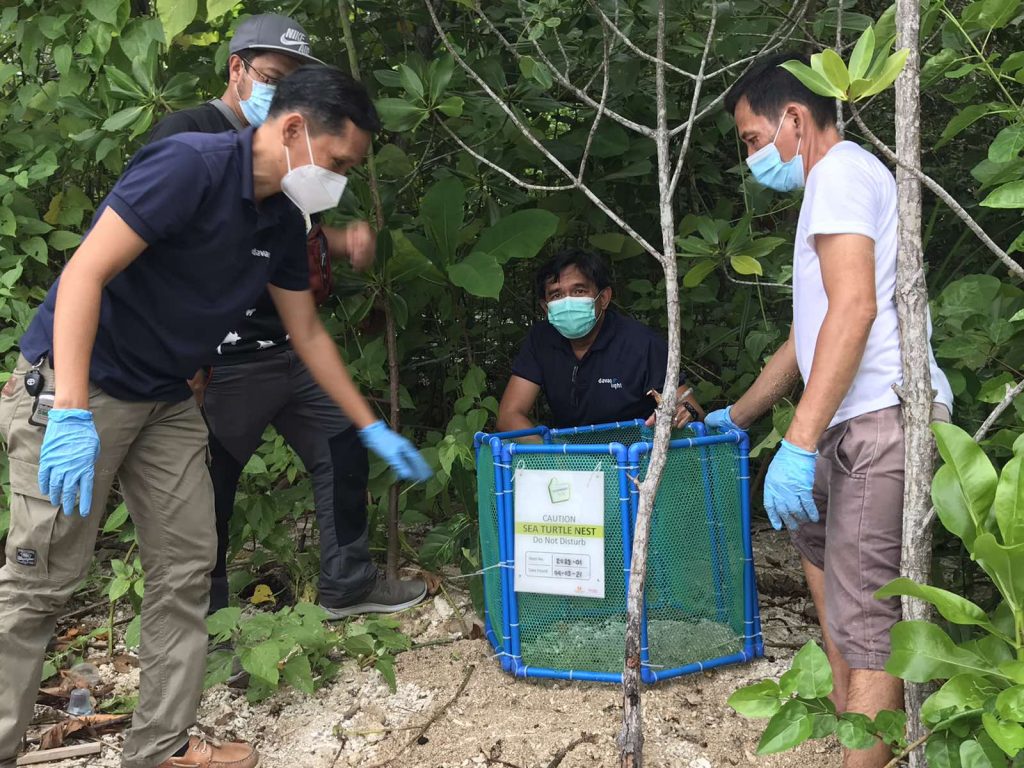
With its efforts to eliminate plastic wastes along coastal areas that might potentially harm the city’s biodiversity, the BANTAY Dagat Association partnered with the UN-Habitat Healthy Oceans and Clean Cities to collect shredded plastics and bottles and process them into concrete hollow blocks. Bantay Dagat head Raffy Bermejo said these shredded plastics will be processed through their established P5-million Material Recycling Facility.
Bermejo said they collect approximately 920 kilos of plastics a day and mix five kilos of the processed shredded plastics with other components, such as the Portland cement, core sand, and local additives to generate hollow blocks.
In the same way, to regrow Davao City’s forestries, the Philippine Eagle Foundation and Reduce Reuse Grow Inc.) inaugurated “Project RegAIN,” also known as Regenerate Agroforestry for Indigenous Well-being and Nature, on Oct. 27, at the Philippine Eagle Center, aiming to plant and nurture 3,000,000 native trees and fruit trees on 1,200 hectares of degraded areas near the Philippine Eagle nesting sites in the Philippines.
Agroforestry also practices contribute to food security, income generation, and cultural spaces for Indigenous well-being.
Health
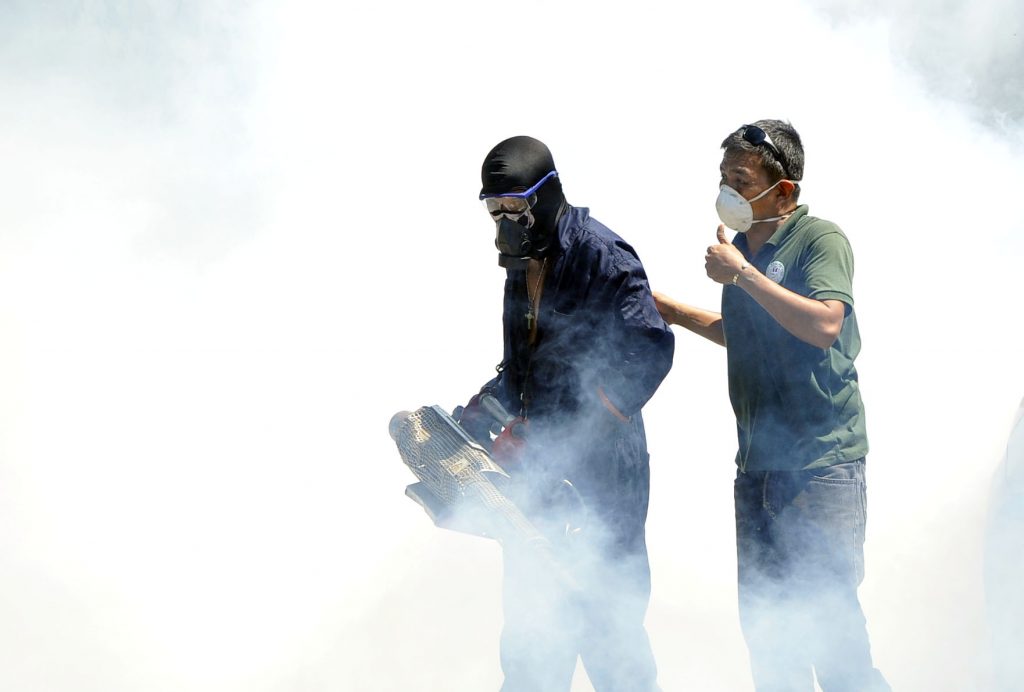
Photo by Bing Gonzales
Admittedly, the public’s health has also been a huge challenge in the city.
Last Aug. 24, the Davao City Health Office (CHO) raised the alarm on dengue cases after recording 28 deaths and 1,506 cases from January to August this year against 13 deaths and 1,052 cases for the same period in 2022.
CHO-Tropical Diseases Prevention and Control Unit head Melodina Babate said they continuously collaborate with barangay officials and other agencies, to establish and strengthen the Mosquito-borne Disease Task Force and target breeding grounds of these dengue-carrying insects.
Election
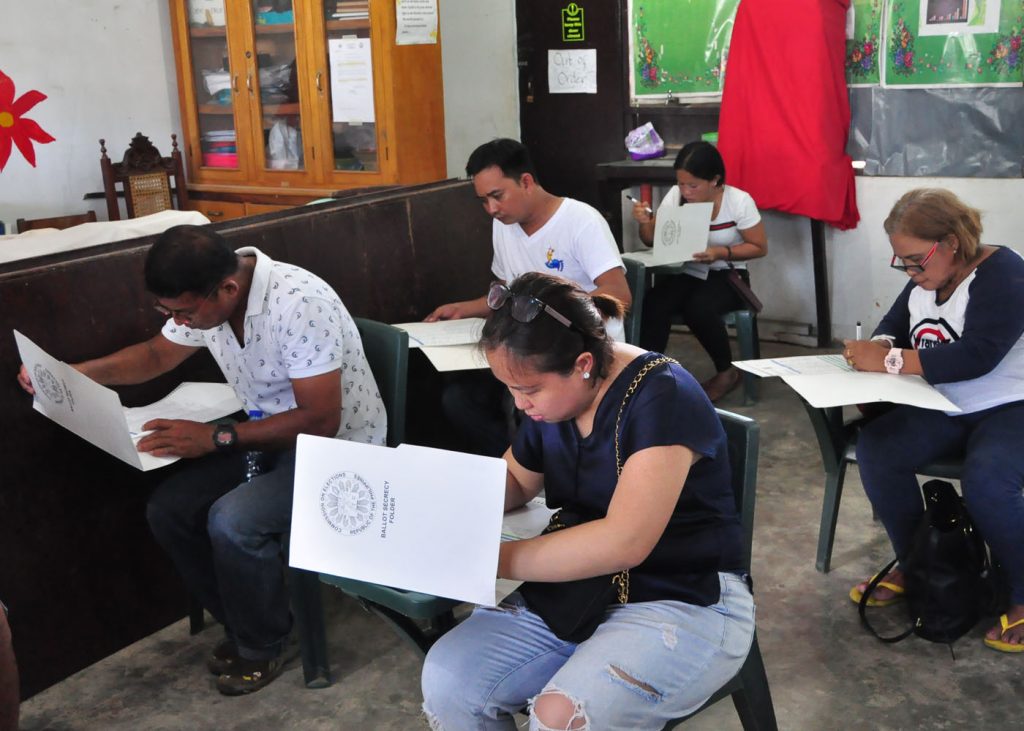
Photo by Bing Gonzales
Meanwhile, after former elected community leaders and officials ended their service after three years, last Aug. 28, Barangay and Sangguniang Kabataan (SK) candidates once again crowded the Comelec offices in Magsaysay Park on the first day of the certificate of candidacy (CoC) filing.
Aspiring candidates shared their platforms and programs for the development of each of their communities.
Agriculture
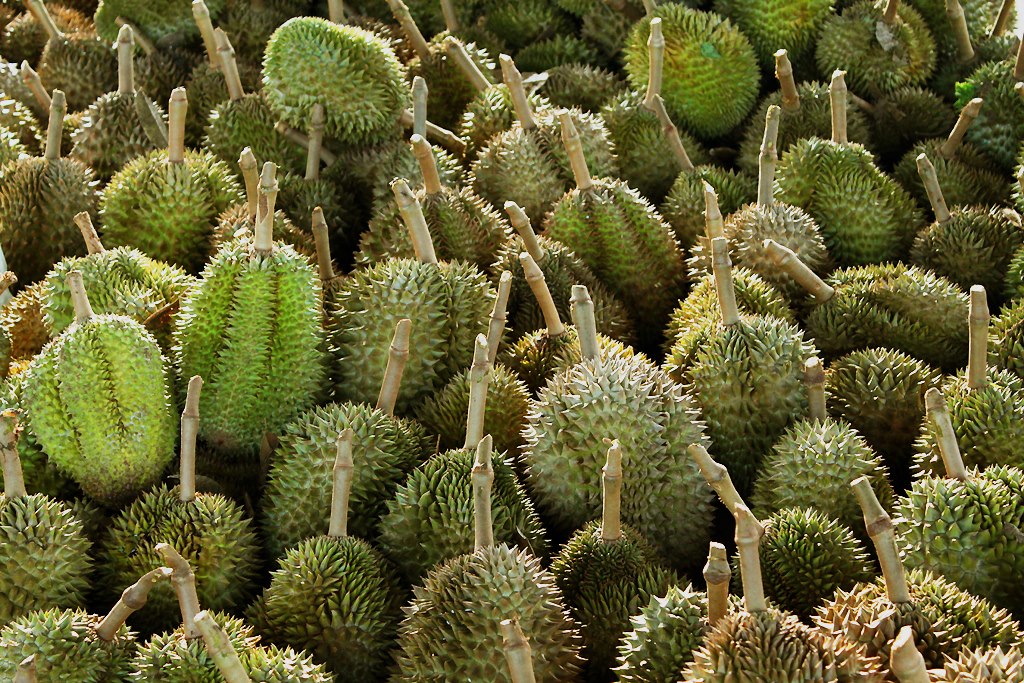
To boost local farmers’ productivity, the Department of Agriculture (DA) XI allocated P1.17 billion, most of which would be used to purchase and distribute fertilizers and feeds for rice hybridization this year.
Aside from seeds and fertilizer, DA XI regional rice program coordinator Evelyn Basa said on August 29 they also give additional support in the form of vouchers and fuel subsidies, with a budget of P592 million for two cropping seasons and P430 million for the hybridization program.
She said the Davao Region has a 54% rice sufficiency level, which means they have to find other means to fill the gap, such as importing from other regions, to feed its estimated 3.75 million population.
Following President Marcos Jr.’s Executive Order No. 39 or the “Imposition of Mandated Price Ceilings on Rice,” which became effective on Sept. 5, the Department of Trade and Industry (DTI) XI started its monitoring and profiling of rice retailers in the region.
Last Sept. 6, DTI XI Consumer Protection chief Deolly Roque said among the warehouses monitored, none was suspected of hoarding. She also explained that “one of the factors why the price continues to increase is the importation cap from other countries, particularly Vietnam which ships 90% of the country’s rice supply.”
EO 39 implements a price cap of P41 per kilo for regular milled rice and P45 per kilo for well-milled rice.
Meanwhile, Davao City exported 5,442.78 metric tons of fresh and frozen durian to different countries from January to September 2023, a huge spike compared to the 2,300 metric tons from the whole year 2022.
According to the National Plant Quarantine Services Division of the Bureau of Plant Industry, a total of 2,690.78 metric tons of fresh durian were exported to China, Hong Kong, Japan, Singapore, and the United States.
The first-ever Philippine Asia Durian Summit which was held in Davao City last October 25-27 has also been a bridge to empower durian farmers and stakeholders to be globally competitive.
Tourism
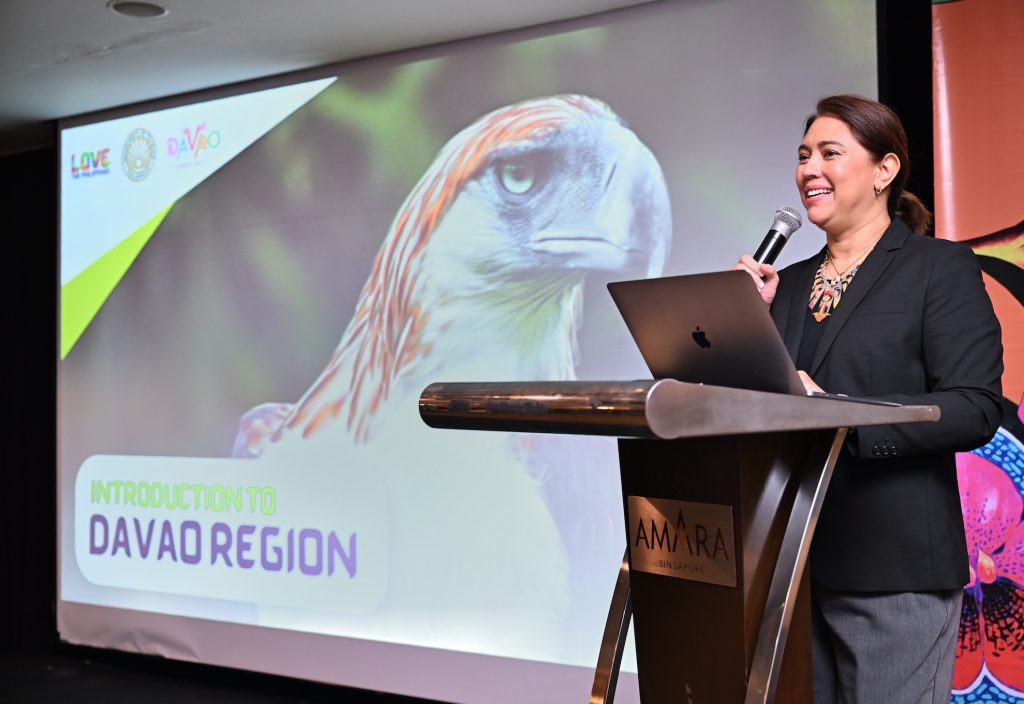
Through the initiative of the Department of Tourism XI, the Davao Tourism Association joined the business mission in Singapore to collaborate and plan activities that further strengthen the local tourism industry.
Pia Partoza, Davao Visitors Destination Hub president, said the event was a great opportunity for the Davao tourism industry after the pandemic. She also said Singapore tour operators helped them identify activities and other key factors that might attract tourists such as leisure, access to Halal markets, and infrastructures.
Nicole Bian Ledesma, DATA president said aside from the leisure market, tour operators are also looking for student cultural exchanges and immersions, wherein Cebu and Manila have recently engaged.
During the Tourism Industry Year-End Gathering held on Dec. 8, the Department of Tourism (DOT) XI recorded a total of 2,325,825 tourist arrivals for the third quarter of this year, a 46.91% increase compared to the third quarter of 2022 for Davao Region.
Apart from the national government’s lifting of the state of public health emergency due to COVID-19, DOT XI regional director Tanya Rabat-Tan said the various DOT and private sector-initiated campaigns, marketing activities, and events have widely contributed to the increase of the city’s tourist arrivals.
Some of the plans and programs pipelined by DOT for 2024 were: to conduct a Philippine Experience provincial leg, a business mission with Davao tourism stakeholders, and revisit regional tourism circuits, among others.

